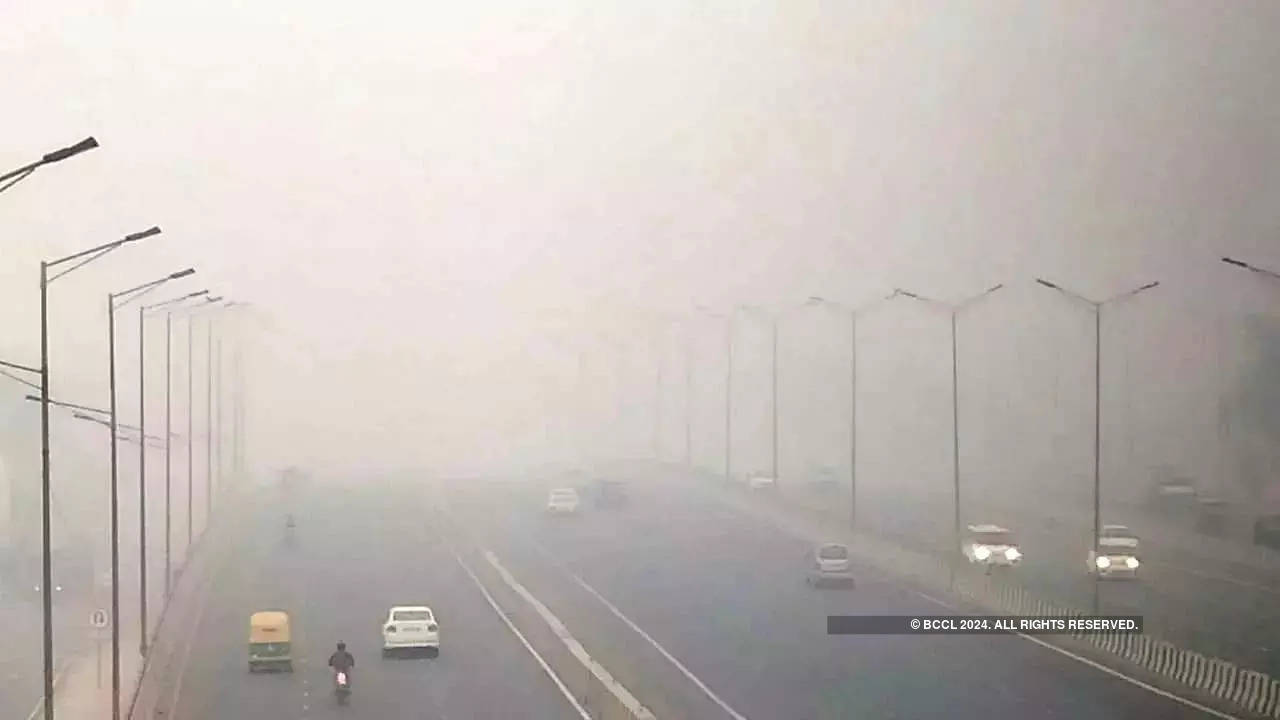Air quality in the national capital plunged into the “severe” category for the first time this season on Thursday, with scientists warning of a further deterioration over the next two weeks.
In a post on X (formerly Twitter), the chief minister announced, “In light of the rising pollution levels, all govt and private primary schools in Delhi will remain closed for the next 2 days.”
In a separate statement, the Municipal Corporation of Delhi (MCD) announced that physical classes in its schools will be suspended, and provisions for online classes will be looked into, for today and tomorrow i.e. November 3rd and 4th.
“In pursuance to order of Commission for Air Quality Management in National Capital Region and Adjoining Areas, it is decided that classes will be held through online mode in all MCD and MCD-aided schools on November 3 and 4. However, schools will remain open for teachers and staff”, the civic body announced.
Reportedly, at least 18 out of 37 monitoring stations in Delhi recorded air quality in the ‘severe’ category.
The Air Quality Index (AQI) crossed 400 in the following areas of Delhi:
- Anand Vihar (450)
- Bawana (452)
- Burari Crossing (408)
- Dwarka Sector 8 (445)
- Jahangirpuri (433)
- Mundka (460)
- NSIT Dwarka (406)
- Najafgarh (414)
- Narela (433)
- Nehru Nagar (400)
- New Moti Bagh (423)
- Okhla Phase 2 (415)
- Patparganj (412)
- Punjabi Bagh (445)
- R K Puram (417)
- Rohini (454)
- Shadipur (407)
- Wazirpur (435)
AQI categories and what they mean
| AQI Categories | Air quality description |
|---|---|
| Good (0-50) | Air quality is considered satisfactory, and air pollution poses little or no risk. |
| Satisfactory (51-100) | Air quality is acceptable. However, there may be a risk for some people, particularly those who are unusually sensitive to air pollution. |
| Moderate (101-200) | Members of sensitive groups may experience health effects. The general public is not likely to be affected. |
| Poor (201-300) | Health alerts for sensitive groups may be issued. The general public may experience health effects. |
| Very Poor (301-400) | Health warnings of emergency conditions. The general public is likely to experience health effects. |
| Severe (401-500) | Health warnings of emergency conditions. Everyone is likely to experience health effects. |
(With inputs from PTI)


